Related Research Articles

Amasis II or Ahmose II was a pharaoh of the Twenty-sixth Dynasty of Egypt, the successor of Apries at Sais. He was the last great ruler of Egypt before the Persian conquest.
The 6th century BC started the first day of 600 BC and ended the last day of 501 BC.
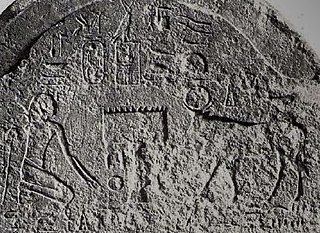
Cambyses II was the second King of Kings of the Achaemenid Empire from 530 to 522 BC. He was the son and successor of Cyrus the Great and his mother was Cassandane.
This article concerns the period 529 BC – 520 BC.
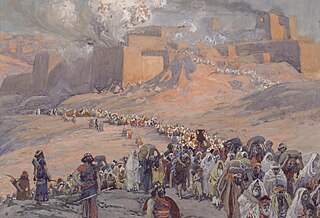
The Babylonian captivity or Babylonian exile is the period in Jewish history during which a number of people from the ancient Kingdom of Judah were captives in Babylon, the capital of the Neo-Babylonian Empire. The event is described in the Hebrew Bible and its historicity is supported by archaeological and non-biblical evidence.
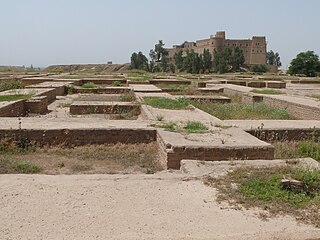
Susa is an ancient city in the lower Zagros Mountains about 250 km (160 mi) east of the Tigris, between the Karkheh and Dez Rivers in Iran. One of the most important cities of the Ancient Near East, Susa served as the capital of Elam and the Achaemenid Empire, and remained a strategic centre during the Parthian and Sasanian periods.
The year 530 BC was a year of the pre-Julian Roman calendar. In the Roman Empire, it was known as year 224 Ab urbe condita. The denomination 600 BC for this year has been used since the early medieval period, when the Anno Domini calendar era became the prevalent method in Europe for naming years.

Belshazzar was the son and crown prince of Nabonidus, the last king of the Neo-Babylonian Empire. Through his mother he might have been a grandson of Nebuchadnezzar II, though this is not certain and the claims to kinship with Nebuchadnezzar may have originated from royal propaganda.

Nabonidus was the last king of the Neo-Babylonian Empire, ruling from 556 BC to the fall of Babylon to the Achaemenid Empire under Cyrus the Great in 539 BC. Nabonidus was the last native Mesopotamian ruler of a native Mesopotamian state, the end of his reign marking the end of thousands of years of Sumero-Akkadian states, kingdoms and empires. One of the most vibrant and individualistic rulers of his time, Nabonidus is remembered as the last independent king of Babylon, and he is characterised by some scholars as an unorthodox religious reformer and as the first archaeologist.

Cyrus the Great was the founder of the Achaemenid Empire and king of Persia from 559-530 BCE. He is venerated in the Hebrew Bible for conquering Babylon and liberating the Jews from captivity. He is mentioned 23 times by name and alluded to several times more.

Cyrus II of Persia, commonly known as Cyrus the Great, and also called Cyrus the Elder by the Greeks, was the founder of the Achaemenid Empire, the first Persian empire.

The Cyrus Cylinder or Cyrus Charter is an ancient clay cylinder, now broken into several pieces, on which is written a declaration in Akkadian cuneiform script in the name of Persia's Achaemenid king Cyrus the Great. It dates from the 6th century BC and was discovered in the ruins of Babylon in Mesopotamia in 1879. It is currently in the possession of the British Museum, which sponsored the expedition that discovered the cylinder. It was created and used as a foundation deposit following the Persian conquest of Babylon in 539 BC, when the Neo-Babylonian Empire was invaded by Cyrus and incorporated into his Persian Empire.

The Nabonidus Chronicle is an ancient Babylonian text, part of a larger series of Babylonian Chronicles inscribed in cuneiform script on clay tablets. It deals primarily with the reign of Nabonidus, the last king of the Neo-Babylonian Empire, covers the conquest of Babylon by the Persian king Cyrus the Great, and ends with the start of the reign of Cyrus's son Cambyses, spanning a period from 556 BC to some time after 539 BC. It provides a rare contemporary account of Cyrus's rise to power and is the main source of information on this period; Amélie Kuhrt describes it as "the most reliable and sober [ancient] account of the fall of Babylon."
Cyaxares II was said to be a king of the Medes whose reign is described by the Greek historian Xenophon. Some theories have equated this figure with the "Darius the Mede" named in the Book of Daniel. He is not mentioned in the histories of Herodotus or Ctesias, and many scholars doubt that he actually existed. The question of his existence impacts on whether the kingdom of the Medes merged peacefully with that of the Persians in about 537 BC, as narrated by Xenophon, or was subjugated in the rebellion of the Persians against Cyrus' grandfather in 559 BC, a date derived from Herodotus (1.214) and almost universally accepted by current scholarship.
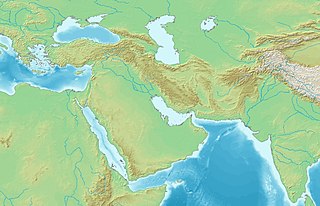
The Battle of Opis, fought in September 539 BC, was a major engagement between the armies of Persia under Cyrus the Great and the Neo-Babylonian Empire under Nabonidus during the Persian invasion of Mesopotamia. At the time, Babylonia was the last major power in western Asia that was not yet under Persian control. The battle was fought in or near the strategic riverside city of Opis, north of the capital Babylon. It resulted in a decisive victory for the Persians. A few days later, the city of Sippar surrendered to the Persians and Cyrus's forces entered Babylon apparently without a fight. Cyrus was subsequently proclaimed king of Babylonia and its subject territories, thus ending the independence of Babylon and incorporating the Babylonian Empire into the greater Persian Empire.

The Fall of Babylon denotes the end of the Neo-Babylonian Empire after it was conquered by the Achaemenid Empire in 539 BCE.

The return to Zion refers to the event in the biblical books of Ezra–Nehemiah in which the Jews returned to the Land of Israel from the Babylonian exile following the decree by the emperor Cyrus the Great, the conqueror of the Neo-Babylonian Empire in 539 BCE, also known as Cyrus's edict.
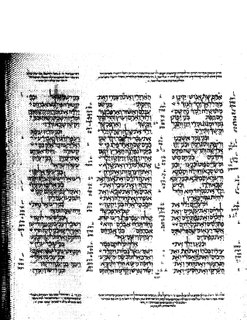
2 Chronicles 36 is the thirty-sixth chapter of the Second Book of Chronicles the Old Testament of the Christian Bible or of the second part of the Books of Chronicles in the Hebrew Bible. The book is compiled from older sources by an unknown person or group, designated by modern scholars as "the Chronicler", and had the final shape established in late fifth or fourth century BCE. This chapter belongs to the section focusing on the kingdom of Judah until its destruction by the Babylonians under Nebuchadnezzar and the beginning of restoration under Cyrus the Great of Persia. It contains the regnal accounts of the last four kings of Judah - Jehoahaz, Jehoiakim, Jehoiachin and Zedekiah - and the edict of Cyrus allowing the exiled Jews to return to Jerusalem.
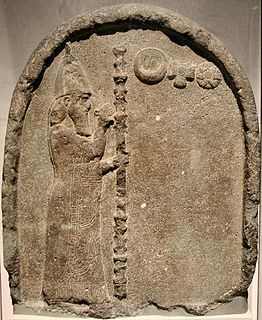
The Harran Stela was discovered in 1956 in the ruins of Harran, in what is now southeast Turkey. It consists of two parts, both of which show, at the top, Nabonidus worshipping symbols of the Sun, Ishtar, and the moon-god Sin. The stela is significant as a genuine text from Nabonidus that demonstrates his adoration of these deities, especially of Sin, which was a departure from the traditional Babylonian exaltation of Marduk as the chief god of the heavenly pantheon. According to Paul-Alain Beaulieu, the Stela was composed in the latter part of his reign, probably the fourteenth or fifteenth year, i.e. 542–540 BC.
References
- ↑ "Timeline of Judaism after the Babylonian Exile (538 BCE-70 CE)".
- ↑ Rainer Albertz, "Israel in exile: the history and literature of the sixth century BCE", p.xxi